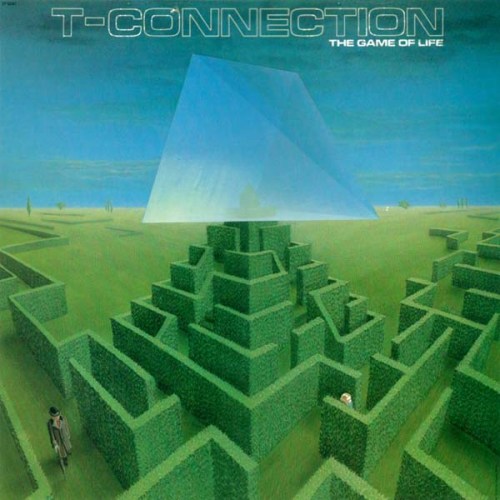Barry White is probably best remembered as soul’s ultimate baritone. And as it were,one of the founding fathers of “baby makin’ music”. And on that level,he stands possibly only alongside Isaac Hayes. One of the things that has been bought more and more since his passing is that White was a brilliant arranger. When it came to combining percussion, piano and strings with a rhythm section,he was able to create some of the most defining arrangements of the funk AND disco era. And among his collection of side projects,this side of him came out most strongly on albums by the Love Unlimited Orchestra.
One of the things about Love Unlimited Orchestra that fascinated me is that,like Barry White himself,they recorded under that name with White long after their commercial peak was thought to have passed. The final Love Unlimited Orchestra to drop came out in 1983 and is called Rise. This was an album that I was unable to track down on CD,and missed out on one occasion in the vinyl format. When I finally did hear it from an MP3 copy,I was amazed what a strong and unexpected album it was. One song from it that stood out to both me and my mom is called “Do It To The Music”.
A resonant,buzzing synthesizer starts out the song. Then the drum machine kicks in playing a danceable Afro-Latin type beat-right along with a clean,round synth bass. On the chorus,the orchestra itself plays a spicy and melodic horn chart. The first three notes descend,while the final four ascend upwards. Throughout the song,the funky sounding vocal group The Voices Of Love sing call and response to the horns and buzzing synth that weave throughout the entirety of the songs. On the refrains,they mainly sing with the rhythm section. And its on the powerful chorus that the song fades out.
This is an excellent example of high octane Latin funk to come out of the Barry White musical camp in the early 80’s. With its prominent use of synthesizers and horns as opposed to strings,musically this song did for Barry White what “You’ve Got The Power” did for War a year earlier. It took the basic framework White had made famous,and updated the instrumental approach in an extremely positive way. And its solid proof that a lot of Barry White/Love Unlimited Orchestra’s music of the early/mid 80’s is a lot more obscure than it deserves to be.










